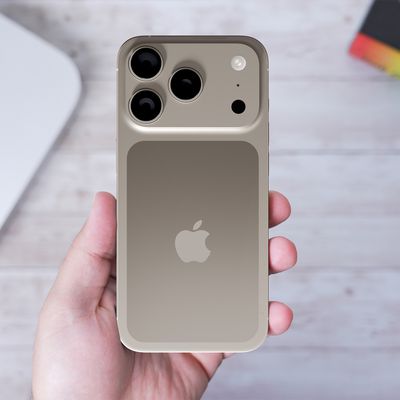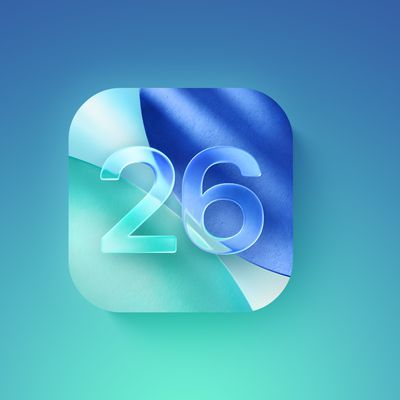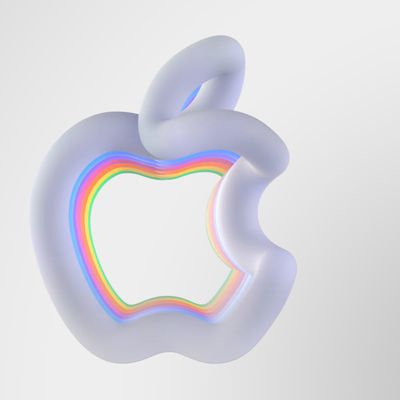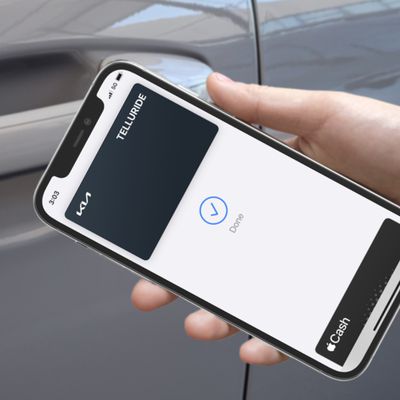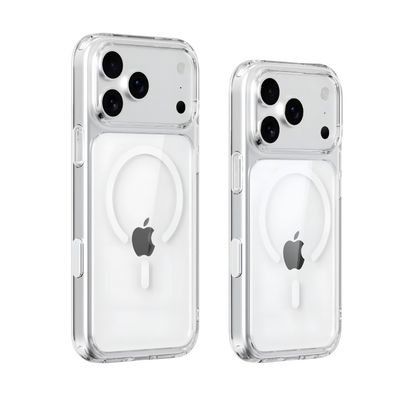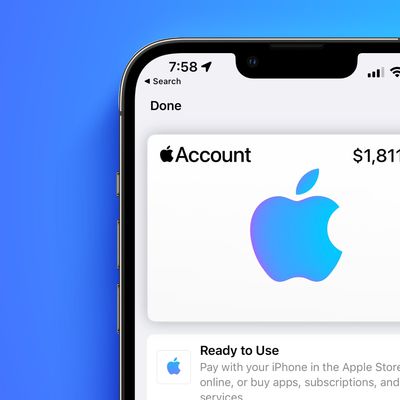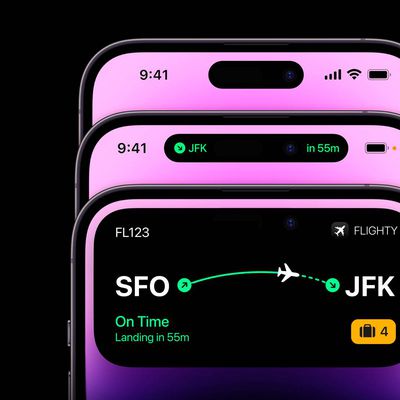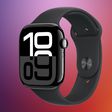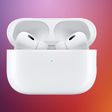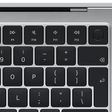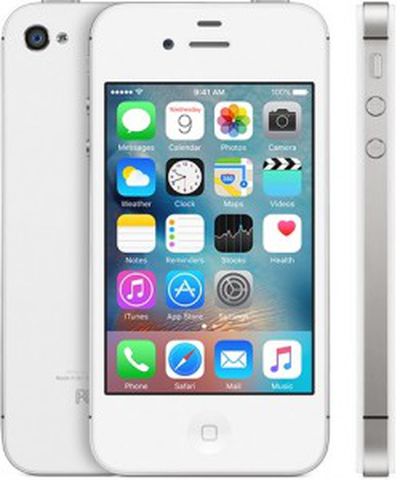 Apple plans to adopt a glass body for at least one iPhone model set to debut in 2017, reports Nikkei, citing a statement from Catcher Technology CEO Allen Horng. Catcher Technology is one of Apple's main suppliers for the casing of the iPhone.
Apple plans to adopt a glass body for at least one iPhone model set to debut in 2017, reports Nikkei, citing a statement from Catcher Technology CEO Allen Horng. Catcher Technology is one of Apple's main suppliers for the casing of the iPhone.
According to Horng, Apple is planning to use glass for the casing of the 2017 iPhone to differentiate itself from the multitude of aluminum-bodied smartphones on the market.
"As far as I know, only one [iPhone] model will adopt glass casing next year," Horng told reporters after the annual shareholder meeting on Thursday. "I don't think this move will have an impact on Catcher's revenue as glass casing still needs a durable metal frame which requires advanced processing technology and would not be cheaper than the current model."
Horng does not expect Apple's transition to glass to impact Catcher's business because Apple will still be using a metal frame for the device. Horng says there will be no Apple iPhone using a glass-only casing without a metal frame in 2017.
The information sourced from Catcher Technology aligns with predictions from KGI Securities analyst Ming-Chi Kuo, who has also said Apple will use a glass-backed design for the 2017 iPhone. Kuo has also indicated that a glass body may only be present in some of the devices planned for 2017, suggesting Apple may release a mix of glass-bodied and aluminum-bodied devices if more than one iPhone is planned.
The 2017 iPhone is rumored to be a radical upgrade to the iPhone, so it is not clear if Apple will stick with its 4.7 and 5.5-inch screen sizes, introduce new screen sizes, or consolidate down to a single iPhone once again. From Kuo:
In 2017, the ratio of new iPhone models using aluminum casing will likely drop significantly from current 100% to 40% or less. In addition to reiterating our view from the March 25 report, we believe the share of new iPhone models using aluminum casing will significantly fall from the current 100% to 40% or less.
Apple last used glass for the body of the iPhone 4s in 2011, with devices since the iPhone 5 in 2012 featuring aluminum bodies. In 2017, Apple may pair the iPhone's glass body with an edge-to-edge OLED display that includes a Touch ID sensor embedded into the glass, doing away with the home button for a sleek, all-glass look.
Because of the major changes rumored for the 2017 iPhone, there is speculation that Apple will name the device the "iPhone 8" rather than the "iPhone 7s" to denote its status as a significant upgrade.


